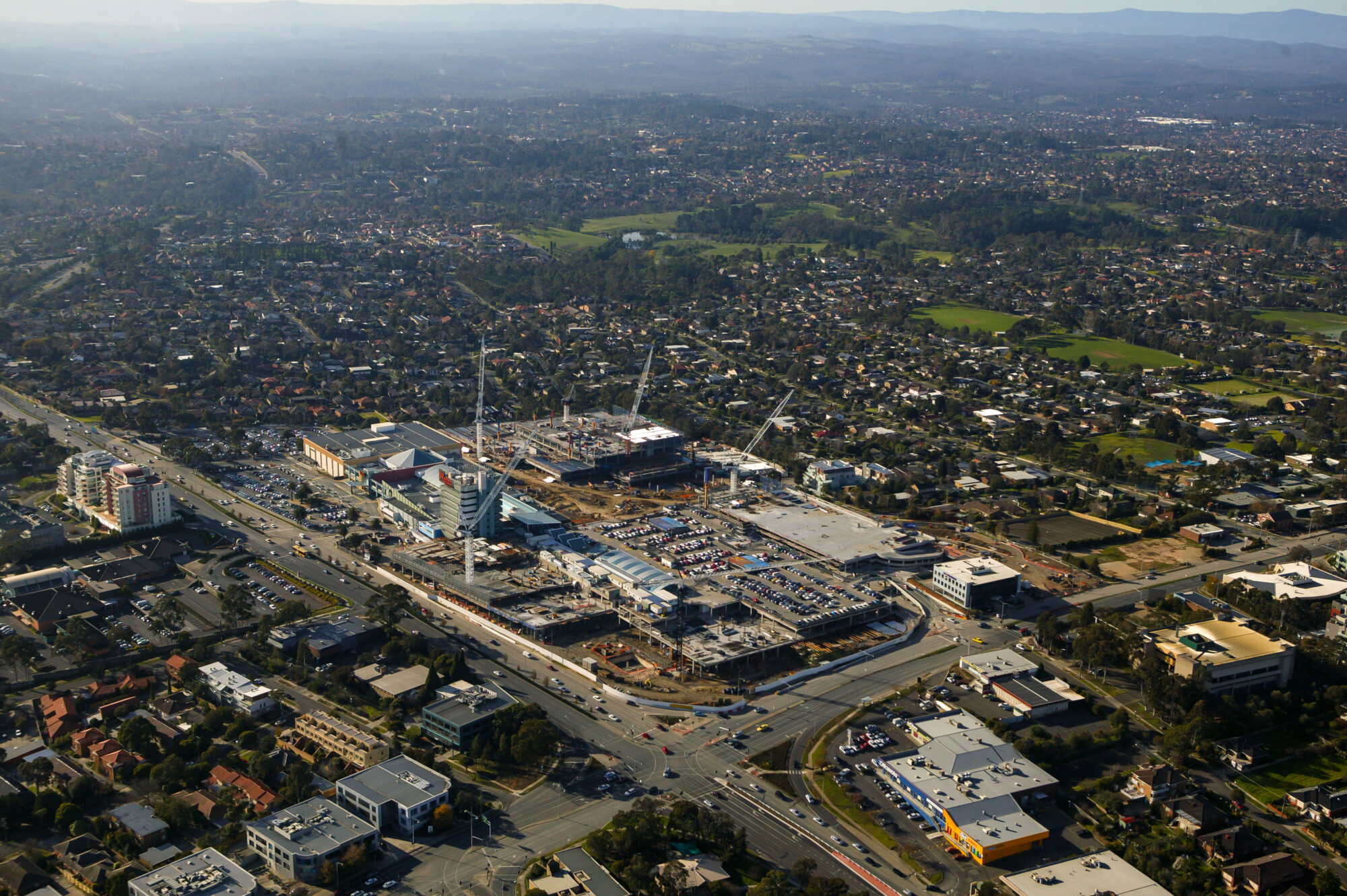Photographs hold an incredible power to transport us to moments and evoke a wide range of emotions. While they can invoke feelings of joy, happiness, and nostalgia, there are instances when they unexpectedly bring forth emotions we may not desire. However, aerial photography presents a unique perspective that offers not only a touch of nostalgia but also invaluable insights into how our landscapes transform due to both human and environmental factors. This article delves into the emotional impact of photographs, the role of aerial photography in documenting landscape changes, and the potential lessons we can learn from comparing past and present spaces.
Unwanted Nostalgia: The Emotional Tug of Traditional Photography.
Traditional photography has a remarkable ability to evoke nostalgia. Looking at old family albums or pictures from the past can trigger a flood of memories, both joyous and bittersweet. However, there are times when the reminiscence triggered by photographs might not be what we desire. Unexpected encounters with pictures from difficult times or reminders of lost loved ones can stir up unwelcome emotions. It is essential to recognise the emotional power photographs hold and approach them with sensitivity and care.
Aerial Photography: Capturing Landscapes in Flux.
Aerial photography, on the other hand, provides a different perspective on the world around us. Capturing images from above allows us to witness the dynamic changes our landscapes undergo. Whether it is the sprawling urbanisation of cities or the encroachment of human activities on natural habitats, aerial photography reveals the impact of our actions on the environment. It becomes a tool for documentation and understanding, offering a broader context of how our world evolves.
Learning from Change: Unveiling the Story of Our Spaces.
The comparison between developed and developing spaces through aerial photography enables us to learn invaluable lessons about the consequences of our choices. By studying how landscapes have transformed, we can observe the effects of urbanisation, deforestation, or climate change. It serves as a visual narrative that reflects our progress, but also the challenges we face. These images become a testimony to the importance of sustainable development, conservation, and responsible decision-making.
Human and Environmental Factors: A Dual Perspective.
Aerial photography not only reveals the changes brought about by human activities but also captures the impact of natural forces. It helps us understand the interconnectedness between human and environmental factors. Flooding, erosion, and other natural events leave their marks on the landscape, shaping its future. By analysing these images, we can better comprehend the fragility and resilience of our ecosystems, and the need for measures to mitigate negative impacts.
Photography, with its ability to elicit emotions, has the power to transport us across time. While it may occasionally evoke unwanted nostalgia, aerial photography provides a different lens through which we can comprehend the ever-changing landscapes. Through these elevated perspectives, we gain invaluable insights into the transformations occurring due to both human and environmental reasons. By studying the spaces we develop compared to those we have already developed, we can learn important lessons about sustainable growth, environmental conservation, and the long-term consequences of our actions. Let us embrace the emotional and informative power of both traditional and aerial photography, as they guide us towards a better understanding of our evolving world.
